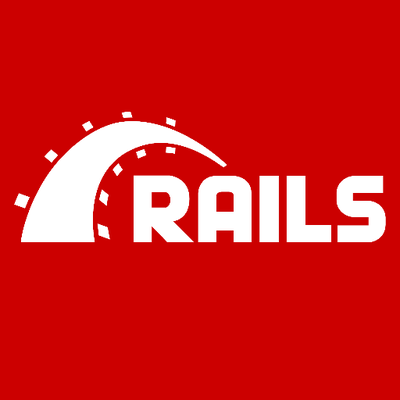Operations | Monitoring | ITSM | DevOps | Cloud
Honeycomb
Progressive Delivery- Using feature flags & observability to ship confidently
What is Honeycomb.io?
SRE + Honeycomb: Observability for Service Reliability
As a Customer Advocate, I talk to a lot of prospective Honeycomb users who want to understand how observability fits into their existing Site Reliability Engineering (SRE) practice. While I have enough of a familiarity with the discipline to get myself into trouble, I wanted to learn more about what SREs do in their day-to-day work so that I’d be better able to help them determine if Honeycomb is a good fit for their needs.
Interview with Honeycomb Engineer Chris Toshok: Dogfooding OpenTelemetry
At Honeycomb, we talk a lot about eating our own dogfood. Since we use Honeycomb to observe Honeycomb, we have many opportunities to try out UX changes ourselves before rolling them out to all of our users. UX doesn’t stop at the UI though! Developer experience matters too, especially when getting started with observability. We often get questions about the difference between using our Beeline SDKs compared with other integrations, especially OpenTelemetry (abbreviated “OTel”).
Get on the Right Track with Our Rails Integration!
Thanks to awesome contributions from the community and the hard work of our integrations team, the Honeycomb Rails integration comes with lots of great features out of the box. This post is an end-to-end tutorial to show you exactly the steps involved, from creating a new Honeycomb team to getting your data in and observing your app in production.
From 0 to Insight with OpenTelemetry in Go
Curious how to get data flowing from your Go application into Honeycomb using OpenTelemetry? This guide will help you step by step through adding OpenTelemetry into your web service and sending the data to Honeycomb.
All Aboard! Set Your Team Up for Honeycomb Success
Thank you so much to all who attended Raw & Real Ep. 5 “All Aboard! Bring Your Team Together,” and to any who take the time out of their busy days to watch the recording 🙂 This was a session for those who would describe yourselves as “internal champions” of Honeycomb and Observability.











